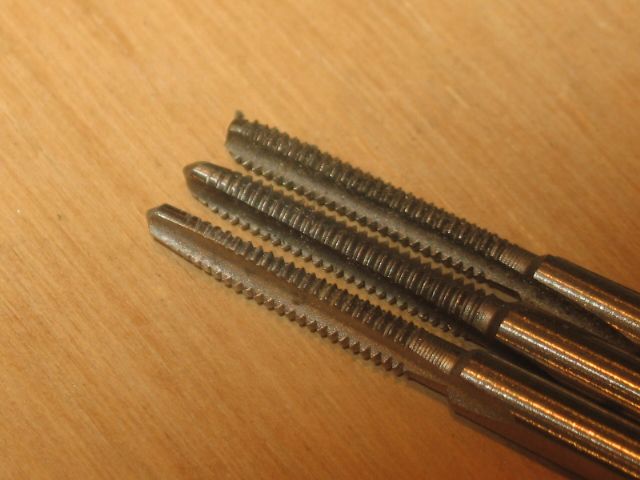I was wondering if anyone had any advise on the best way to create new screw holes inside a model.
The current rational is to replace some of the analog lighting boards with LEDs, though I image there will be other purposes down the road. My thought is trying to find a tap and die set, but given the variety that exist, all of which seem to be of a larger diameter hole than what I'd be looking for, made me think - why not try to see what people who are already doing this would suggest.
A source for the screws that match the holes comes to mind as the next question...
I imagine I could always use glue, so feel free to comment if you prefer glue to screws...
Looking forward to see what the Forum replies with!



